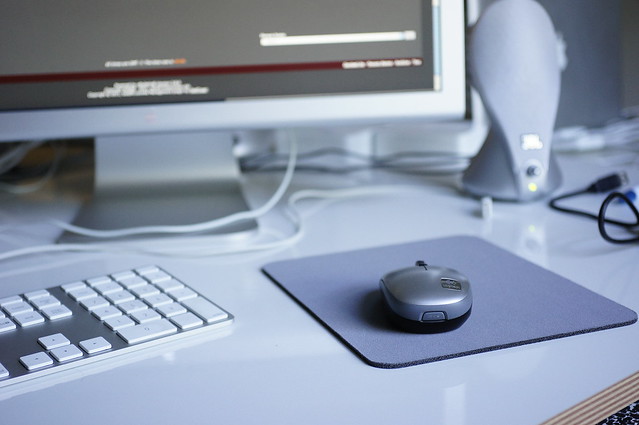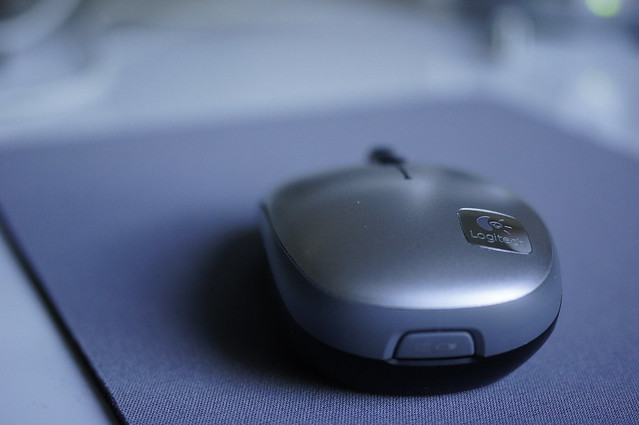douglasf13
Well-known
Hey, NEX users, I wanted to give everyone a head's up about this new adapter that someone posted on dpreview. It has a little lever that expands the adapter out a few millimeters, which lets you focus much closer than normal with M lenses. It's like a mini macro tube built in. I just ordered one myself.
http://forums.dpreview.com/forums/readflat.asp?forum=1042&thread=38833996
http://forums.dpreview.com/forums/readflat.asp?forum=1042&thread=38833996




